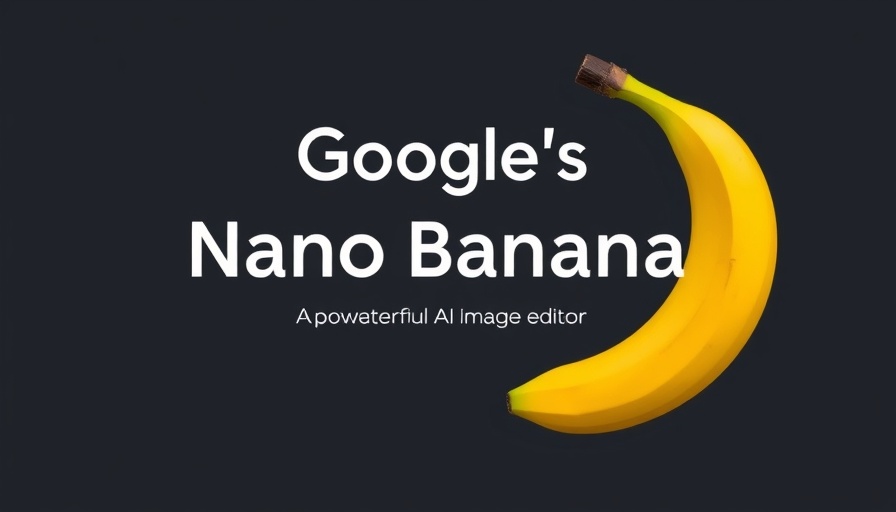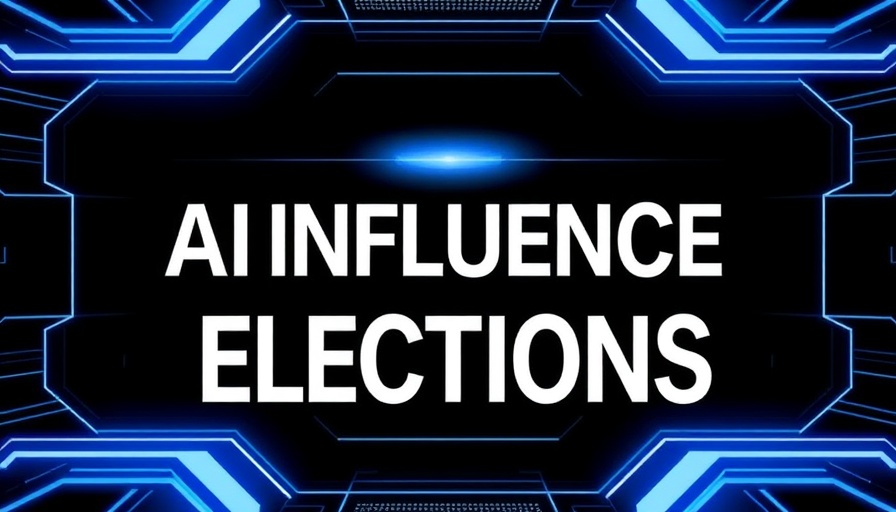
Understanding the Importance of Nuclear Waste Management
Nuclear waste disposal remains a contentious topic globally. With the increasing energy demand and reliance on nuclear energy, understanding how to safely dispose of nuclear waste is more critical than ever. Recent advancements in modeling techniques promise to enhance our ability to predict long-term effects on underground disposal systems.
Innovative Predictions Through Simulation
Recent research from the Massachusetts Institute of Technology has revealed significant strides in using advanced modeling to ensure the safety of underground nuclear waste disposal sites. By simulating the long-term effects of nuclear waste, scientists are now able to predict how different disposal scenarios could influence the environment over decades or even centuries.
Connecting Theory to Practice
The study's findings are not merely theoretical; they align with practical experiments conducted in Switzerland, providing a robust validation method for the proposed models. Such connections between simulation and real-world data establish a new frontier for mitigating risks associated with nuclear waste.
The Future of Nuclear Waste Disposal
As the world seeks sustainable energy solutions, the implications of these findings are far-reaching. Various organizations must now consider how these predictive models can influence policy and regulatory frameworks surrounding nuclear waste management. With these tools, we have the opportunity to protect underground water resources while advancing energy solutions that do not jeopardize our safety.
The growing ability to model long-term consequences could catalyze a paradigm shift in how energy firms and governments approach nuclear power, enabling them to balance environmental safety with energy demands thoughtfully.
 Add Row
Add Row  Add Element
Add Element 



Write A Comment